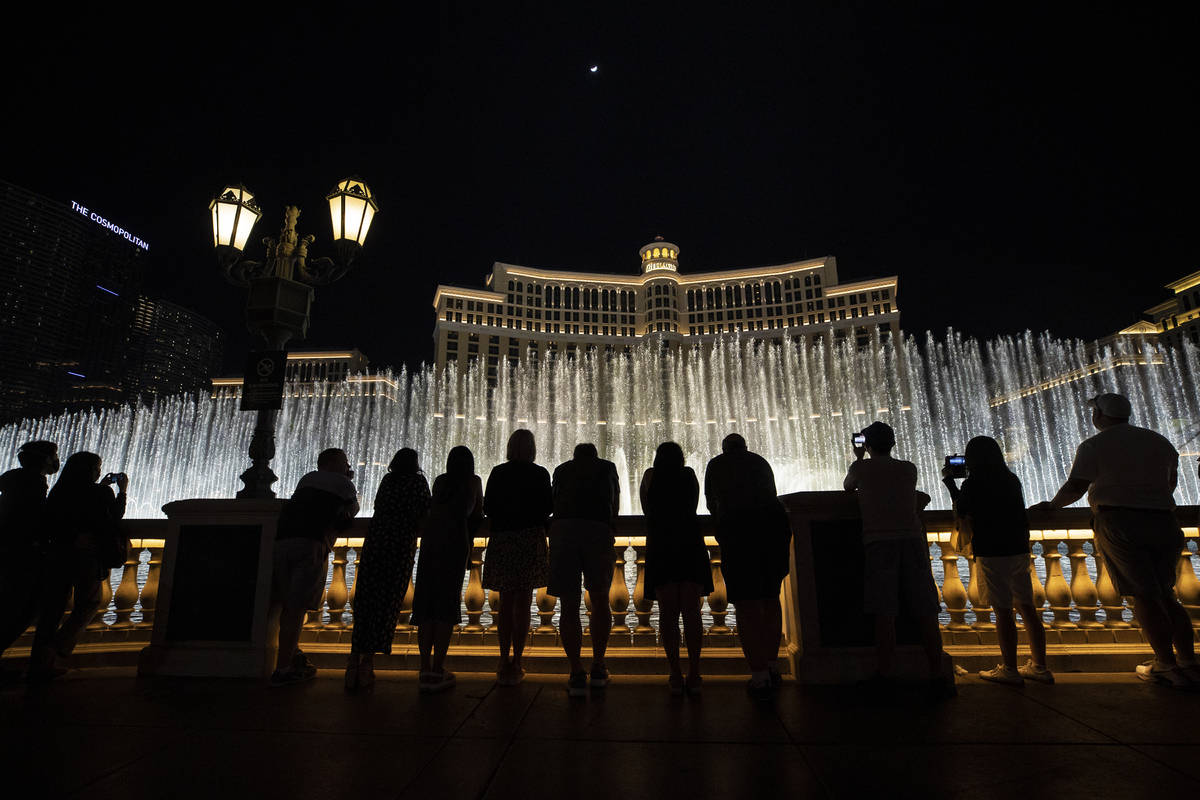Nevada adds jobs, sees unemployment rate inch downward
Nevada recovered more jobs last month as it continues the trek back from sky-high unemployment in the pandemic’s early days.
But employment totals remain far below levels seen before COVID-19 upended daily life.
An estimated 8.3 percent of Nevada’s workforce was unemployed in February, down from 8.5 percent in January, the state Department of Employment, Training and Rehabilitation, reported Thursday.
According to the department, Nevada added 2,400 jobs in that time but remained down 153,500 jobs since February 2020, the month before the coronavirus outbreak sparked sweeping business shutdowns and other chaos.
Still, the economy is in better shape than it was last spring after Gov. Steve Sisolak ordered casinos and other Nevada businesses closed to help contain the virus.
Nevada’s unemployment rate, just 3.7 percent early last year, shot up to 29.5 percent in April, according to seasonally adjusted figures from DETR.
Statewide, however, economic pain is being felt especially hard in the Las Vegas Valley, which comprises the bulk of Nevada’s population. The pandemic left people sheltering at home and avoiding big crowds over fear of getting infected, devastating the tourism industry, the bedrock of Las Vegas’ casino-heavy economy.
As of January, the valley’s unemployment rate was 9.9 percent, compared with 4.9 percent in the Reno area, state officials previously reported.
On Thursday, the federal government reported that the number of people across the U.S. seeking unemployment benefits fell sharply last week to 684,000, the fewest since the pandemic erupted a year ago and a sign that the economy is improving.
Nationwide, Las Vegas’ jobless rate in January was second highest among major metro areas, federal data shows.
“It’s definitely one of the hardest-hit cities and regions in the country,” DETR Chief Economist Dave Schmidt told the Review-Journal on Thursday.
Nevada’s economy is in some ways “a tale of two states,” as areas outside Las Vegas have seen a broader recovery and boast jobless rates that are now much closer to “pretty normal levels,” he said.
Reno, for instance, doesn’t rely as much as Las Vegas on tourists coming to spend money to fuel its broader economy. Early last year before the pandemic hit, around 28 percent of the Las Vegas area’s labor market worked in leisure and hospitality, compared with 15 percent in the Reno area, state data shows.
There are encouraging signs for Southern Nevada, Schmidt said, including increased coronavirus vaccinations in the U.S. and a recent surge of visitors to Las Vegas.
Drive-in traffic from Southern California has been strong, Schmidt said, though he noted that Las Vegas feeds off air travel and international visitation — both of which have suffered during the pandemic — more than any area of Nevada.
“It’s a more unique vulnerability than just tourism in general,” he said.
Contact Eli Segall at esegall@reviewjournal.com or 702-383-0342. Follow @eli_segall on Twitter. The Associated Press contributed to this story.




















